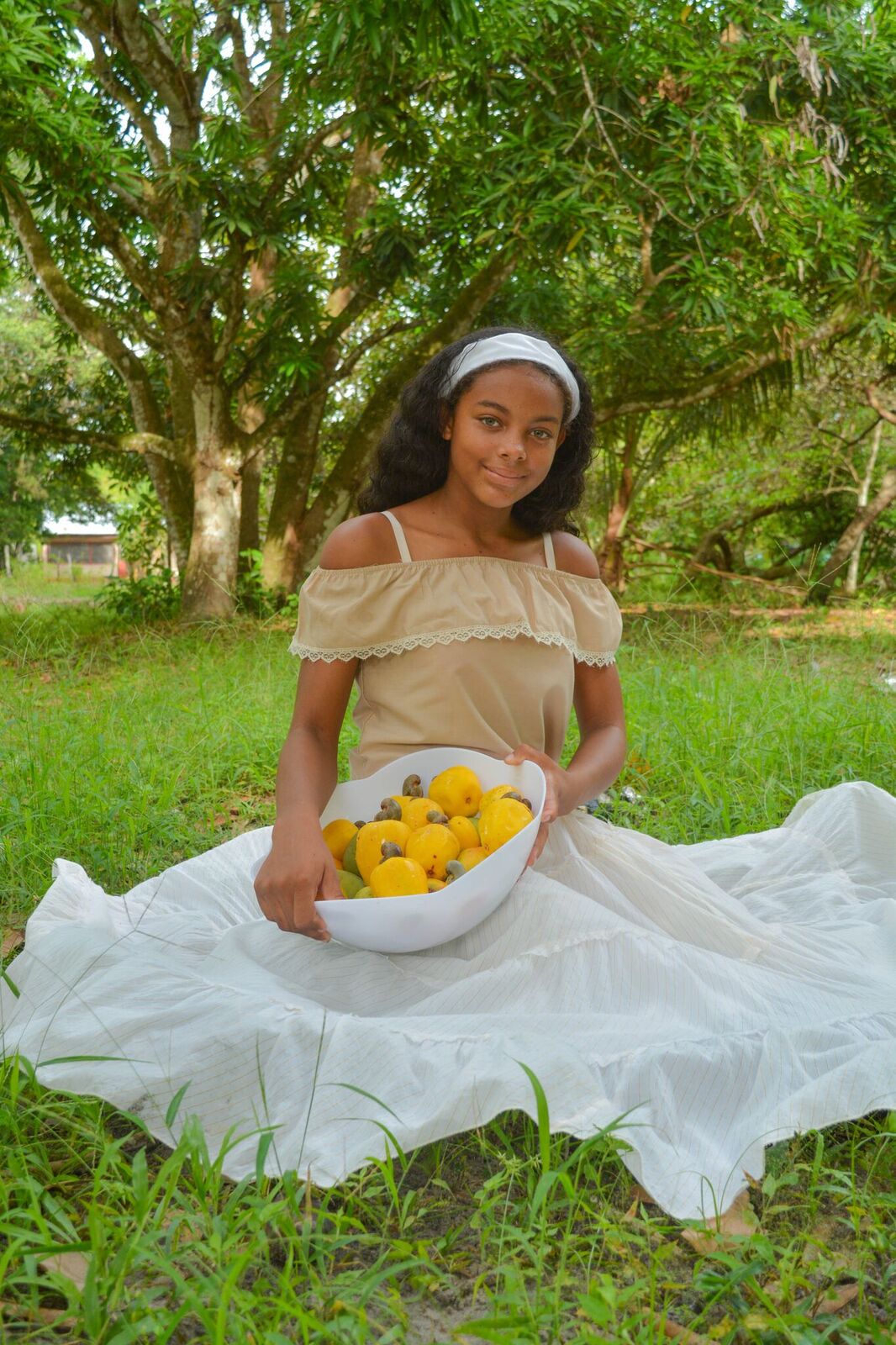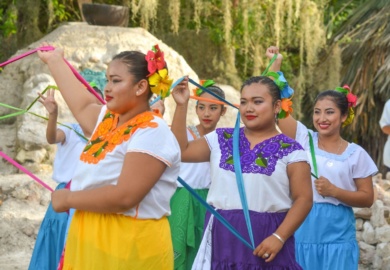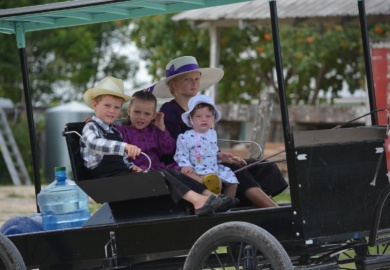By Silvaana Udz
Capturing di essence of di Kriol culture means focusing on di special role di Kriol language plays in Belizean society. Throughout this article, I use the Kriol word “di” in place of its English equivalent, “the.” This acknowledges a lack of “th” in Kriol phonology, and burgeoning research showing that with more than 1.4 billion second language users of English not pronouncing “th,” this sound may disappear from English by 2066.1
Di people
Kriol-Belizeans have navel strings buried in African roots, and intertwined in varying degrees with English and Scottish splintered ancestries. They comprise one of two Black groups in Belize—di other being the Garifuna people. These share much in common, having survived systemic attempts at division in Belize’s early history. There’s rhythmic assonance, despite di distinctiveness between Kriol and Garifuna music, such as di rustic accordion rhythms of Kriol brokdong music, contrasted with di commanding pulse of Garifuna punta music. African drums reverberate in both cultures, whether it’s di Kriol’s gumbeh drum as revelers jump to sambai music, or di masterful Garifuna drums beating wanaragua rhythms.
Di cuisine
Another commonality can be seen in di cuisine of these two groups. For example, di Kriol kongkanteh is a porridge made from three-day dried plantains; its etymology is traced to “nkonkonte,” an African word from di Twi language. And the Garifuna’s plantain-based porridge is called “gungude.” But it’s di ubiquitous Kriol coconut rice and beans—plated with stewed meat, potato salad, and baked plantains—that holds sway over other Kriol food like conch soup (in season), stewed pigtail, and boil up. It’s Belize’s national dish. Even Chinese restaurants offer it, a clear indication of di Kriol culture’s omnipresence.
Di language
Back in 1987, there was no official acknowledgment of Kriol as one of Belize’s local languages. Yet Kriol is considered di lingua franca among Belize’s various local languages. Its West African grammatical system is distinct from English, di country’s official language, albeit with some 80 percent English words, often pronounced differently.
Kriol has come a long way from being considered “broken English,” due to di language retrieval efforts of di National Kriol Council of Belize, born in the early 1990s. This group has been keeping Kriol kolcha (culture) and traditions alive, such as di Christmas bram. After a 15-year process to create, test, and popularize a standard orthography for Belize’s Kriol language, di Kriol-Inglish Dikshineri (Kriol-English Dictionary) was published in 2007, with financial support from di Ministry of Education, and key input from Belizean stakeholders, linguists, and literacy educators from SIL International. Kriol story booklets, di New Testament, and a grammar book were published, as well as a weekly newspaper column in The Reporter for di past 20 years (with a few breaks), called “Weh Wi Ga Fi Seh,“ which translates as “Commentary.” Di columns are archived online,2 providing a treasure trove of information on di Kriol language, culture, events, and food recipes.
Di Kriol influence
You’ll notice advertising in Belize consistently using di Kriol orthography. For instance, di slogan for Belikin Beer’s Stout is “Goh deh strong”—literally “Go there strongly,” but meaning “Have with confidence!” or “Do it (drink it) with no hesitation!” Note that “strong” remains in English, perhaps a marketing decision to target tourist sales, as di Kriol spelling “schrang” may escape di comprehension of a non-Kriol speaker.
Di Belizean identity
And so it is, Kriol: di inevitable companion in Belize’s numerous identities—from di Garifuna-Kriol Belizean to di Mestizo-Kriol Belizean—and burgeoning cultural triads, like di Maya-Mestizo-Kriol Belizean and the Taiwanese-Kriol Belizean!



